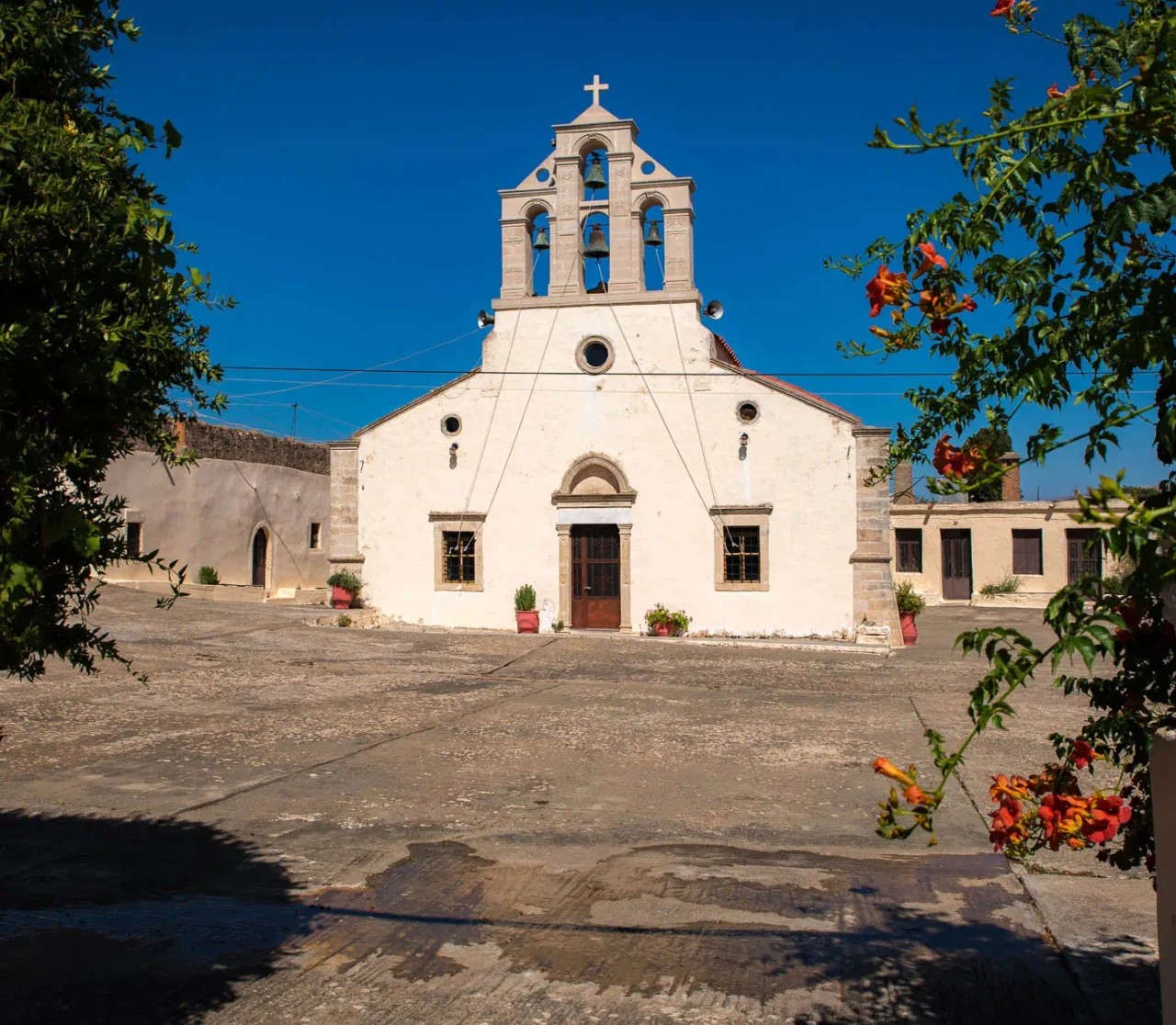
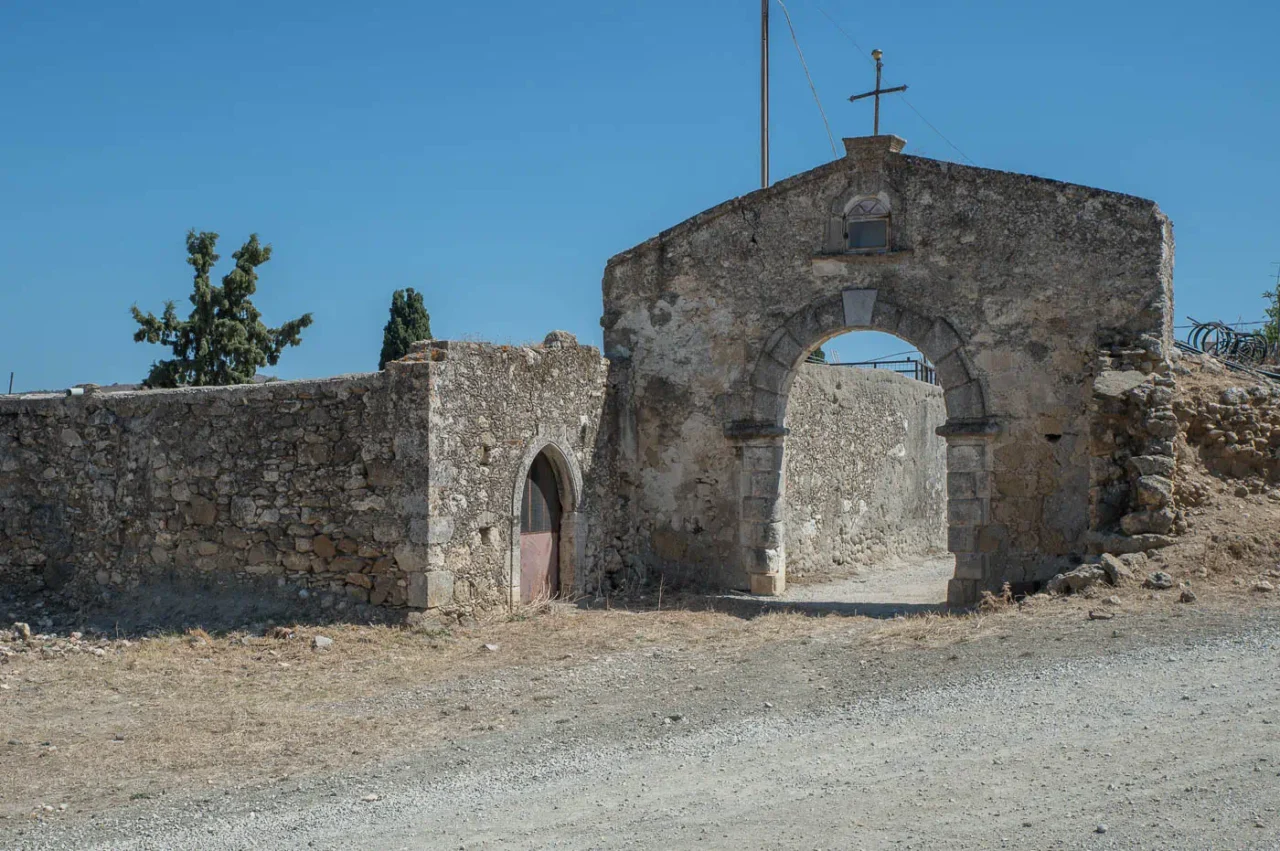
The Apezana Monastery is located in the Asterousia Mountains of Crete. It is dedicated to Saint Anthony and has a long history dating back to the 15th century.
Origins and Early History
The monastery was likely founded in the 15th century. It was originally located at Agiofarago, a coastal site, but was moved to its current location to avoid pirate raids. The name “Apezana” is believed to originate from the event where the mule carrying the icon of Saint Anthony stopped at the monastery’s current site.
Venetian Era
During the Venetian period, Apezana Monastery was a center of learning and Orthodox theology. It resisted the influence of the Catholic Church. The monastery had a school and a manuscript copying workshop.
Ottoman Rule and Cretan Revolts
The monastery was damaged during the Cretan revolts of 1821 and 1866. During the Ottoman era, the monastery focused on agriculture while maintaining its religious significance.
Apezana Monastery also provided refuge to Dimitris Varouchas, a scholar also known as ‘Logios’. After his father’s tragic death at the hands of the Ottomans, Varouchas was taken under the wing of his uncle, Hierotheos, a monk at the Monastery. Hierotheos recognized Dimitris’ intellectual potential and became a mentor, guiding his nephew’s education even amidst the turbulent times. The monastery, with its scholarly tradition, offered a sanctuary where Logios could continue his intellectual pursuits despite the Ottoman occupation.
20th Century and Beyond
In the early 20th century, Apezana Monastery was stable and grew. It owned property and farms in Crete and Smyrna. However, the monastery declined in the latter half of the 20th century.
Architectural Features
- Structure: The monastery was built with a fortified design. Some of its defensive features remain.
- The Church: The main church is dedicated to Saint Anthony, the Transfiguration of the Savior, and the Three Hierarchs. It has a carved wooden iconostasis and valuable icons.
- Other Buildings: The monastery complex includes a residence, monks’ cells, a guesthouse, a refectory, and a well.
Significance and Legacy
Apezana Monastery is important in Cretan history and culture. It represents the resilience of the Orthodox faith and the Cretan people’s fight for autonomy. The monastery’s architecture, history, and peaceful setting attract visitors.
Additional Information
- Construction Period:
- Original foundation: 1443
- Current church: 1837
- Location: Asterousia Mountains, south of Moires, Heraklion, Crete
- Historical Significance:
- Center of learning and Orthodox theology
- Resistance against the Catholic Church
- Role in the Cretan revolts
- Current Status: Active male monastery



















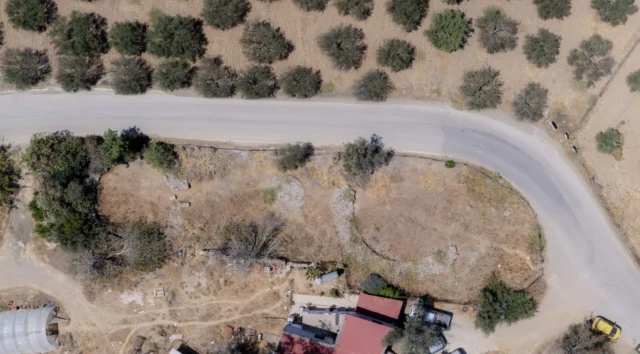
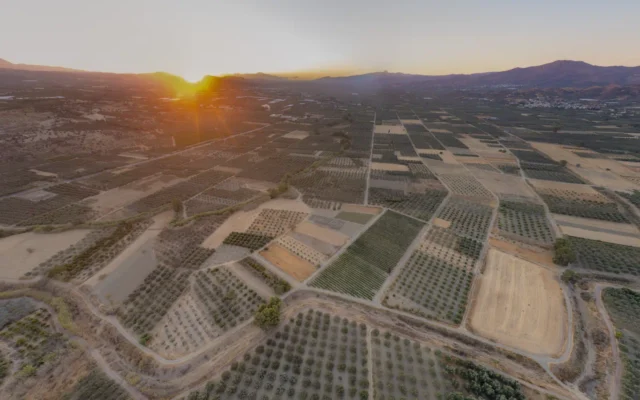

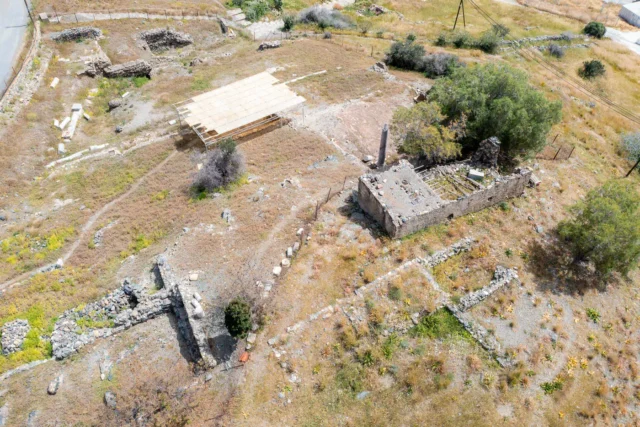

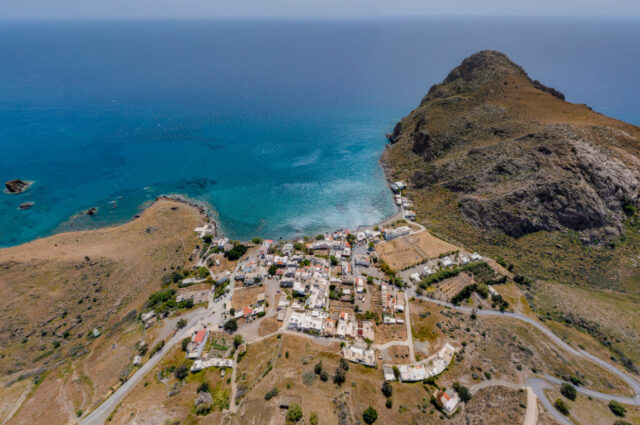
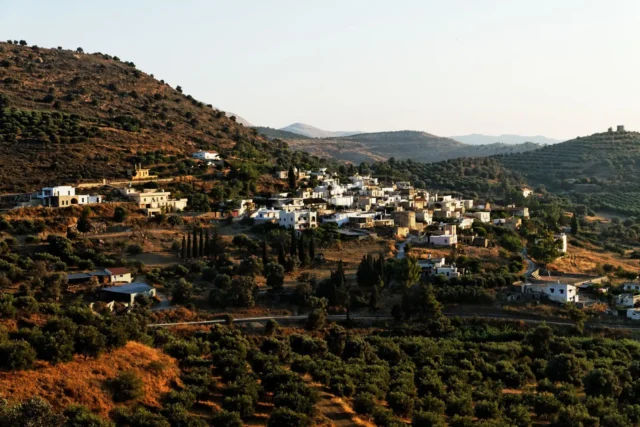

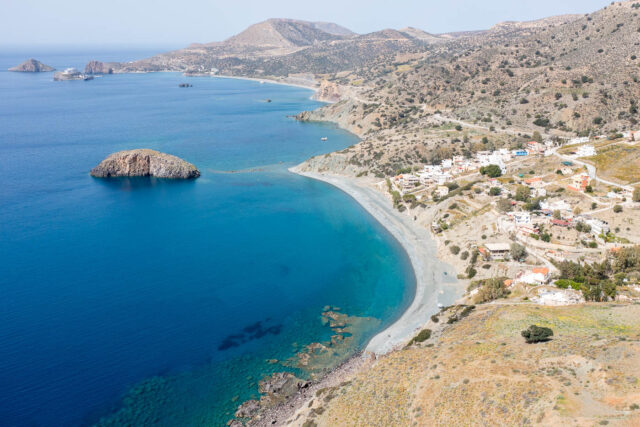

There are no comments yet.